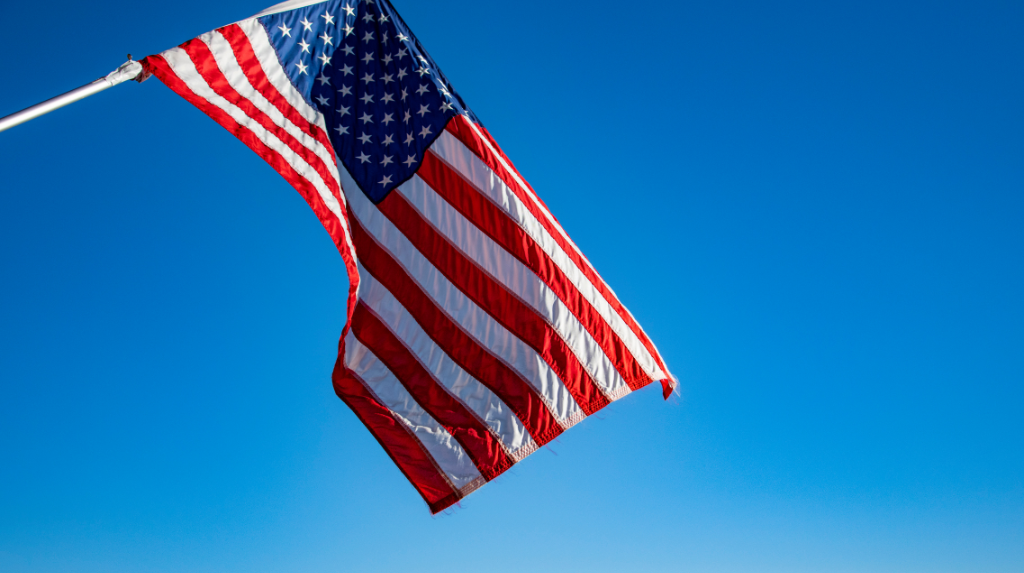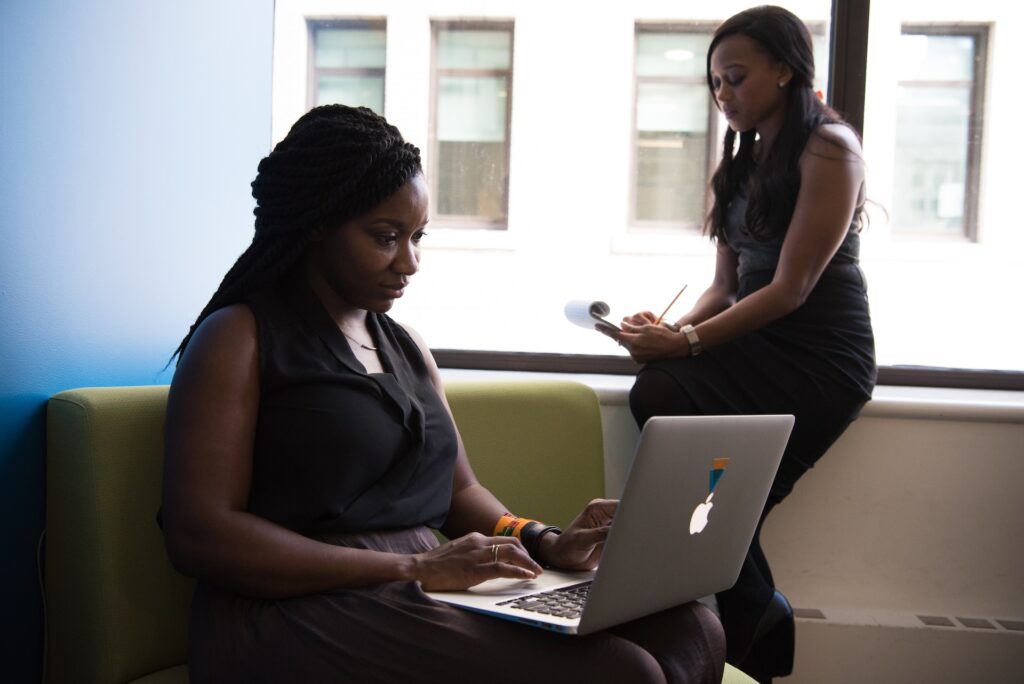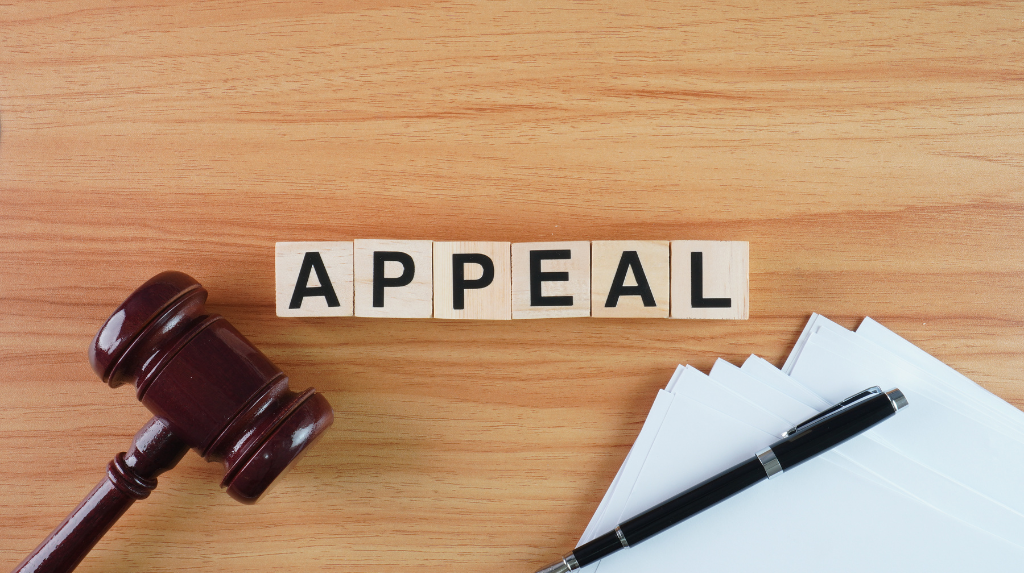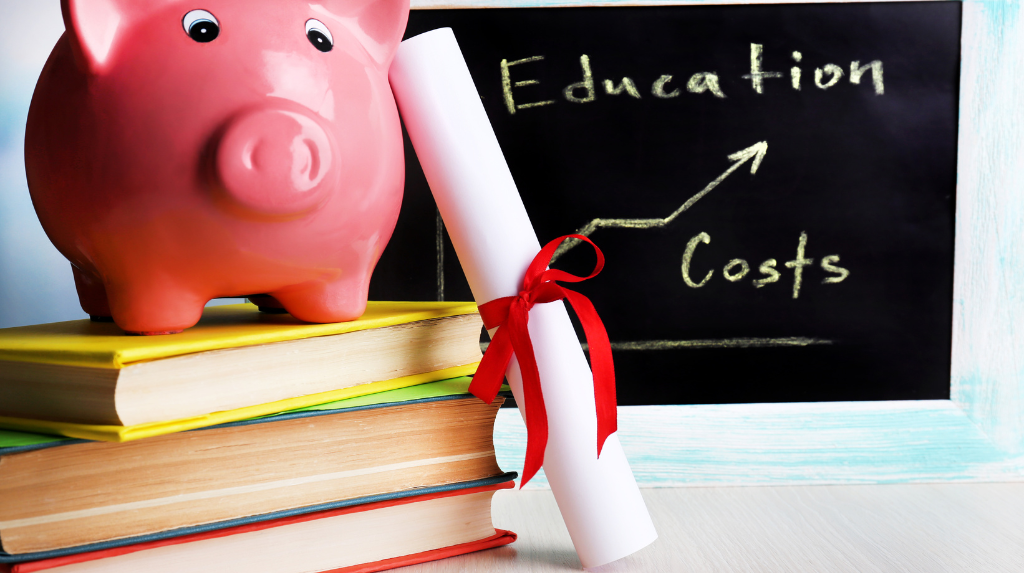The U.S. Department of State (DHS) is actively working to cut down visa appointment wait times for Indian travelers, and as a result, this effort has already yielded promising results in 2023. Notably, the U.S. Embassy in India processed a record 1.4 million visa applications. Furthermore, it achieved an impressive 75% reduction in wait times for most visa categories. The only category still facing delays is the B-1/B-2 tourist visa for first-time visitors, according to Assistant Secretary Rena Bitter from the U.S. Bureau of Consular Affairs.
Key Highlights:
- Reduced Wait Times: Visa processing in India saw significant improvements, with wait times for most visa categories dropping by 75%.
- Record Processing Numbers: The U.S. Embassy in India processed 1.4 million visas in 2023, an unprecedented number across various visa categories.
- Tourist Visa Delays: While wait times have improved across the board, the B-1/B-2 visa category for first-time U.S. visitors still faces delays.
Improved Wait Times for Student Visas
Indian students are a major group among international students in the U.S., with one in four international students coming from India. In response to high demand, wait times for F-1 student visas also improved in 2023, supporting smoother and faster processing for students planning to study in the U.S.
Supporting Indian H-1B Workers Through New Initiatives
The State Department is also focused on supporting Indian nationals on H-1B visas, with the new H-1B visa renewal pilot program aiming to simplify the process for Indian workers already in the U.S. This initiative is expected to make renewals easier, enhance processing efficiency, and contribute to reduced wait times.
Impact on Indian Travelers
Benefits for Students, Tourists, Professionals, and Family Members
As of January 8, 2025, recent changes in U.S. visa policies are set to significantly benefit Indian travelers across various categories, including students, tourists, professionals, and family members.
- Students: Indian students pursuing higher education in the U.S. will find it easier to navigate visa processes. The introduction of more flexible appointment scheduling and the potential for expedited processing will reduce wait times and enhance their educational experience.
- Tourists: For Indian tourists, the streamlined visa application process means less hassle when planning trips to the U.S. The ability to reschedule appointments without incurring additional charges allows for greater flexibility in travel plans.
- Professionals: Indian professionals, particularly those on H-1B visas, will benefit from the new domestic renewal process that eliminates the need to travel back to India for visa renewals. This change not only saves time and costs but also minimizes career interruptions.
- Family Members: Families can maintain stability as visa renewals can now be managed without disrupting daily life. This is particularly important for dependents on H-4 visas who may have faced challenges during renewal processes.
Ease of Planning Trips for Holidays, Business, or Education
The enhanced visa processes simplify trip planning for various purposes:
- Holiday Travel: With reduced wait times and improved scheduling flexibility, families can plan vacations more effectively.
- Business Travel: Professionals can attend conferences or meetings without the stress of lengthy visa processing times.
- Educational Opportunities: Students can focus on their studies rather than worrying about visa logistics.
These improvements make it easier for Indian travelers to engage with opportunities in the U.S., fostering cultural exchange and collaboration.
Economic and Diplomatic Implications
Positive Effects on Tourism and Business Between the Two Countries
The changes in U.S. visa policies are expected to have significant economic implications:
- Boosting Tourism: Easier access to the U.S. will likely lead to an increase in tourism from India, contributing positively to local economies through spending on accommodation, dining, and entertainment.
- Enhancing Business Relations: Improved visa processes facilitate business travel and collaboration between Indian companies and U.S. firms, driving economic growth through partnerships and investments.
Strengthening U.S.-India Bilateral Ties
The adjustments in visa policies signal a commitment to strengthening diplomatic relations between the U.S. and India. By making it easier for Indian nationals to travel for education, work, and tourism, both countries can enhance their cooperation in various sectors, including technology, education, and trade.
Challenges Addressed
Analysis of Previous Wait Times and Their Impact on Travelers
Historically, Indian travelers faced significant challenges due to long wait times for visa appointments at U.S. consulates. Reports indicated that applicants often experienced delays of several months or longer, which could disrupt travel plans and create uncertainty regarding their ability to enter the U.S.
How These Changes Address Past Criticisms
The introduction of measures such as increased appointment slots and streamlined processing aims to address these criticisms directly:
- Reduction of Backlogs: The U.S. government has committed to adding an additional one million visa appointment slots in 2025 to alleviate existing backlogs.
- Improved Access: The ability to reschedule appointments without additional fees provides greater flexibility for travelers facing unexpected circumstances.
These changes are designed to create a more efficient system that meets the needs of Indian travelers while enhancing their overall experience.
Steps for Indian Travelers
Updated Process to Apply for Visas Under the New Changes
- Check Eligibility: Before applying, ensure you meet all eligibility criteria for your desired visa category (e.g., tourist, student, or work visa).
- Gather Required Documents: Collect necessary documentation such as passports, photographs, financial statements, and proof of ties to India (e.g., employment letters or property ownership).
- Complete Online Application: Fill out the appropriate online application form (DS-160 for nonimmigrant visas) accurately.
- Schedule an Appointment: Use the new flexible appointment scheduling system to book your visa interview at a U.S. consulate or embassy.
- Prepare for Your Interview: Familiarize yourself with common interview questions and ensure you have all required documents ready for presentation.
Tips to Expedite the Application Process Further
- Apply Early: Start your application process as early as possible to account for any unforeseen delays.
- Use Premium Processing Options: If available for your visa category (such as H-1B), consider using premium processing services that expedite application review times.
- Stay Informed About Changes: Regularly check official government websites or consult with immigration experts for updates on visa policies or procedures that may affect your application.
Stay Informed:
For updates on visa processing, immigration policies, and travel guidelines, subscribe to our immigration news newsletter and stay informed on the latest developments.
How Law and Visas Can Help?
At Law and Visas, our team of expert immigration consultants is here to make your travel to the US straightforward and successful. Whether you’re applying for a Green Card, Visitor Visa, or Study Visa, we handle every step from preparing your application to gathering the required documents.
Our immigration Consultants and Lawyers ensure that your application meets the highest standards, with no details missed. We’ll also keep you informed throughout the process and coordinate with the immigration office or embassy on your behalf.
Law and Visas has a strong record of helping clients secure the visas/permits they need in the US. Call us today at +234 812 5505 986 to learn how we can assist you.





